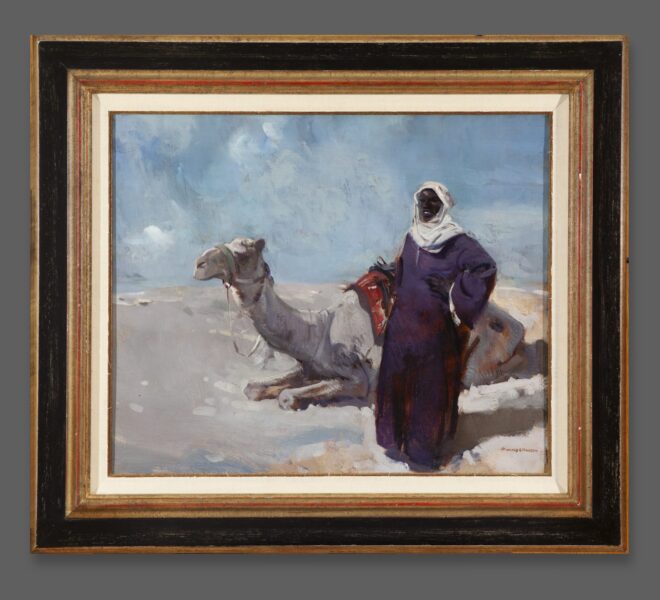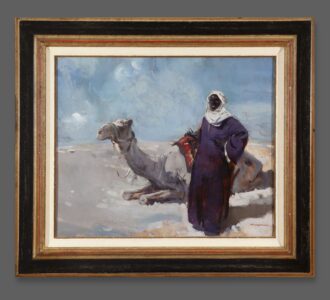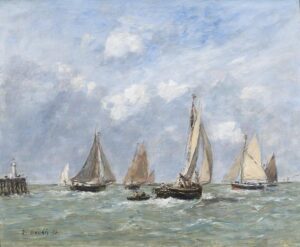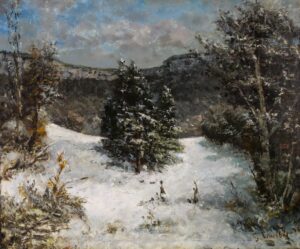Description
Pieter (Piet) van der Hem was known as a Dutch painter, illustrator and book designer. Van der Hem was born in Wirdum, September 9 1885, as the son of the merchant Dirk van der Hem and Geertje Pieters Smids. After being orphaned at the age of twelve, he was taken in by his uncle and aunt in the city of Leeuwarden. After his education he decided to increase his skill on the artistic field, with encouragement of his art teacher J. Bubberman. In 1902 he left for Amsterdam to study at the National School of Applied Arts, while following an additional drawingcourse at the Rijksacademy of Visual Arts.
Early in his career, he participated in a Stedelijk Museum fine art exhibition, working with Piet Mondrian, Leo Gestel and other young painters in the Amsterdam luminism school, the Dutch modern art movement.
From 1907 to 1908, van der Hem lived on Montmartre in Paris for studies. From this period, many drawings, paintings and other depictions of the street and nightlife in Paris are known. These works often remind of artists as Henri de Toulouse-Lautec and Steinlen. After his period in Paris he returned to Amsterdam.
After returning to the Netherlands, Piet van der Hem painted in the working-class neighborhoods of Amsterdam to depict street life. He also worked in picturesque places such as Volendam and Katwijk. Before the First World War, the travel-loving Van der Hem visited various foreign cities, including Madrid, Rome, Saint Petersburg and Moscow.
In 1914 a series of political drawings, which were certainly not devoid of humor, of his hand appeared in De Nieuwe Amsterdammer and this puts him into the same postition as artists as Willy Sluiter and Jan Sluijters, who were known to deliver work for the Amsterdammer as well.
After this, van der Hem worked for a number of other magazines and papers. He not only delivered works of political kind, but he designed posters, book covers and advertisments as well.
Piet van der Hem settled permanently in The Hague in 1918. At that time he concentrated on painting portraits. Thanks to his great craftsmanship, he became a well-known society painter who immortalized many acquaintances such as ministers, members of the royal family and the dancer Mata Hari. He made a wedding portrait of Prince Bernhard and Juliana in 1937 and a state portrait of the Royal Family in the 1920s.











Reviews
There are no reviews yet.